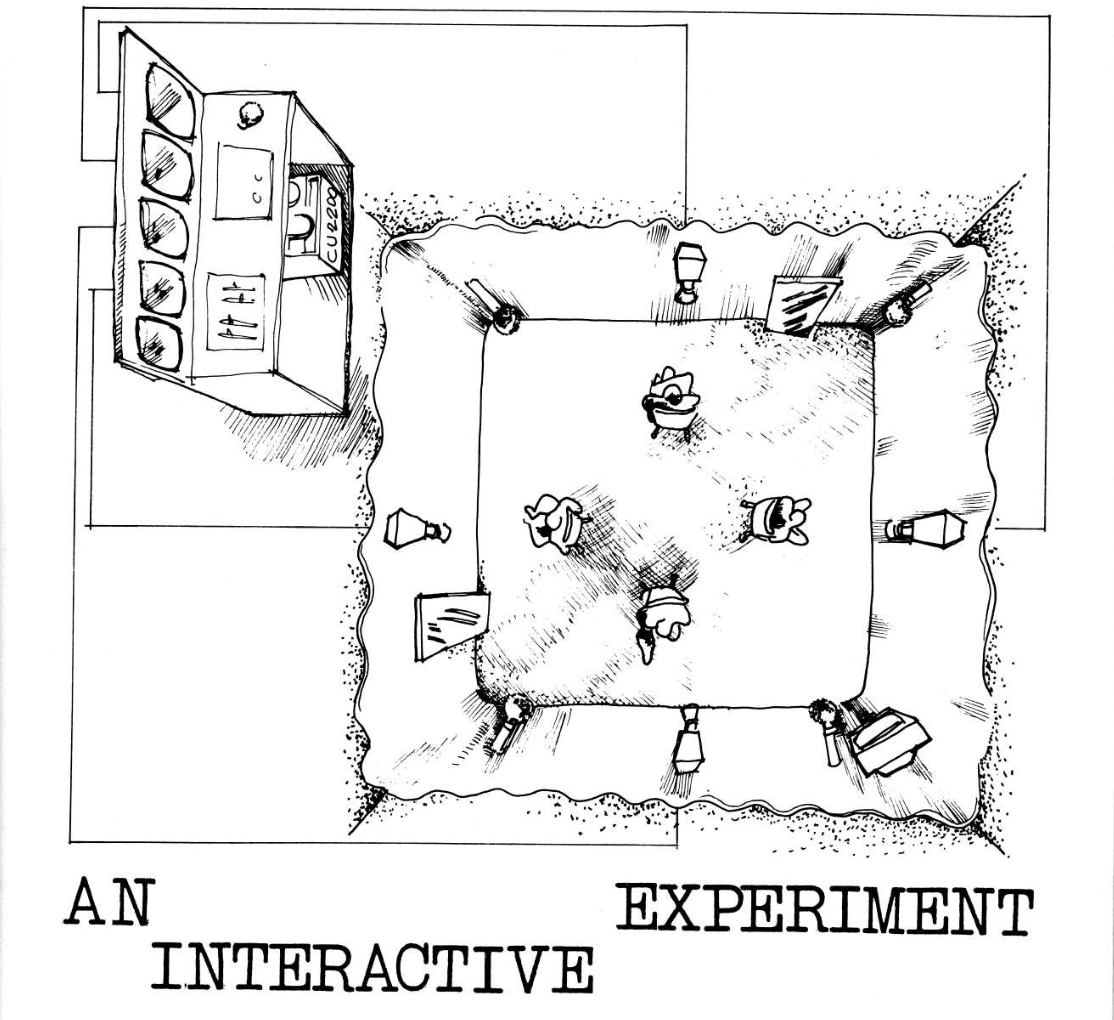When I search Afterimage’s indexed articles online, I find six separate articles referencing Wipe Cycle (1969), a video work by artists Frank Gillette and Ira Schneider that was first displayed in the seminal 1969 exhibition TV as a Creative Medium, curated by Howard Wise for his New York City gallery. Wipe Cycle is sometimes described as the first piece of interactive video sculpture, and it remains a pivotal and often-referenced work of media art over fifty-four years later. As Robin Oppenheimer wrote in the essay “Video Installation: Characteristics of an Expanding Medium” in Afterimage in 2007:
Wipe Cycle is often mentioned in the historical writings about “TV as a Creative Medium” as the most successful and intriguing work in the show. It represented the artists’ view of video as “a cultural machine to be deconstructed” and was one of the earliest uses of video surveillance in an artwork to incorporate the viewer directly into the real-time imagery of the piece.
In this essay I look back at Wipe Cycle—one of the best-known works from the first era of video installation—alongside an earlier work by the same artists (the piece is variously titled An Interactive Experiment and the Antioch Experiment; going forward I will refer to it as the Antioch Interactive Experiment) that is barely known, even among the early video cognoscenti. I consider both works in terms of how they were received at the time of their first construction and presentation, as well as how Wipe Cycle was considered sixteen years ago, in 2007, when Oppenheimer’s essay, defining and analyzing the meaning and impact of video installation on the art world, was published. I also consider how we can think of these two works today in the context of our contemporary environment.
The full article is available in the 50th Anniversary issue of Afterimage: The Journal of Media Arts and Cultural Criticism or as a PDF here.
Afterimage (2023) 50 (4): 136-143.
